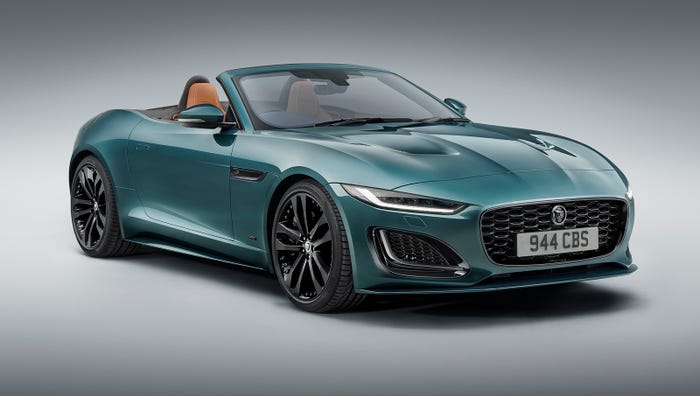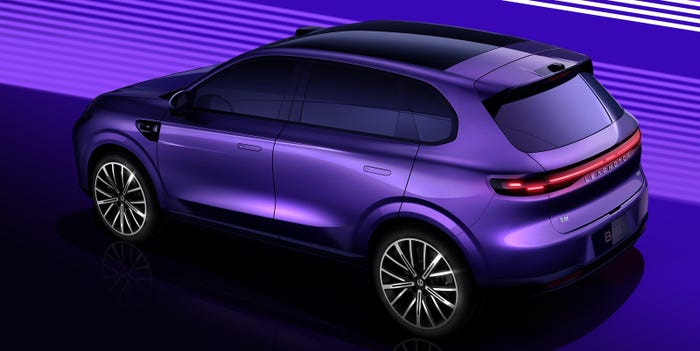November 1, 2010


KAWASAKI, Japan – It all comes down to the numbers.
Are the car’s in-wheel motors as good as their developer claims? Can component costs be lowered sufficiently? Will any of the industry’s main players buy into the concept?
It wouldn’t be the first time a lowly inventor failed to realize his dream in the face of industry resistance.
The only certainty about Hiroshi Shimizu’s creation, the Eliica electric car, is that it accelerates like a mini-rocket, reaching 60 mph (97 km/h) in just 4 seconds and a top speed of more than 200 mph (322 km/h).
Playing on an old Japanese proverb, Shimizu says seeing is believing and “driving is 100 times more believable than seeing.”
A ride in the car here proves his point.
President of small research company SIM-Drive Corp. and a professor of engineering at Japan’s Keio University, Shimizu has spent 30 years developing his dream car, which centers on a set of motors built into the Eliica’s wheels – all eight of them.

Shimizu with 8-wheeled Eliica EV.
“Ours is a direct-drive system with motors in the wheels,” he says. “Other electric cars are gear-reduction types with a gear between the motor and wheel.
“We realize we’re going against the industry trend in regards to unsprung weight (the portion of the car not supported by the suspension), but our research shows this is not a problem.”
However, until a fleet of Eliicas or one of its successors is road-tested for an extended period, Shimizu’s car will remain more theory than fact.
So far, he and his team at Keio’s Electric Vehicle Laboratory have developed eight prototypes including the $5 million Eliica. A ninth, a 4-wheeler, is being readied for January.
Through use of in-wheel motors and a special platform structure into which main EV components can be placed, Shimizu estimates energy consumption can be cut in half compared with other electric cars.
In fact, his next model will incorporate a 24-kWh battery, equaling the capacity of Nissan Motor Co. Ltd.’s Leaf electric-vehicle battery, giving it an estimated range of 200 miles (322 km) with the air-conditioner off, nearly double the Leaf’s reported range.

Eliica’s platform.
Although history is against inventors like Shimizu, he nevertheless has succeeded in putting together a lineup of 30 corporate partners, each paying nearly $250,000 to join the project.
Chief among them are auto makers Mitsubishi Motors Corp. and Isuzu Motors Ltd., as well as Japan Aviation Electronics Industry Co. Ltd., Pioneer Corp., Sanden Corp. and Tokyo Electric Power Co. Ltd.
Shimizu claims at annual volumes of 100,000 units, the car will cost ¥1.5 million ($17,600) to produce, not including the battery. Using four in-wheel motors at the same production level will run an estimated ¥120,000 ($1,400).
Nor does he see battery cost as an insurmountable obstacle. Even today, he says a 24-kWh unit should cost about ¥500,000 ($6,000). And in the future, he expects that to come down to half that amount or less.
Shimizu bases his optimism on the current cost of the industry standard lithium-ion battery for computers, which he claims runs ¥10 ($0.12) per watt-hour. Multiply that by 24 kilowatts and the total comes to ¥240,000 ($2,850).
“And that battery uses more expensive cobalt,” the 63-year-old entrepreneur says.
He believes Japan still holds a technical lead on Li-ion batteries and electric motors. “But without a national business strategy to promote electric cars, Japan could be passed by China and South Korea.”
Time will tell whether Shimizu’s concept gains traction as the world advances into EVs. One thing is for sure: the Eliica passes the performance test.
About the Author
You May Also Like



